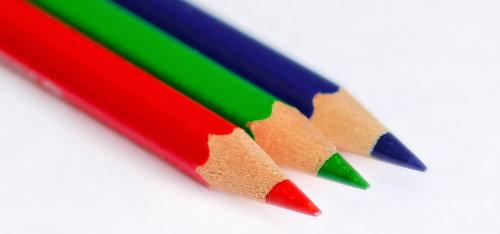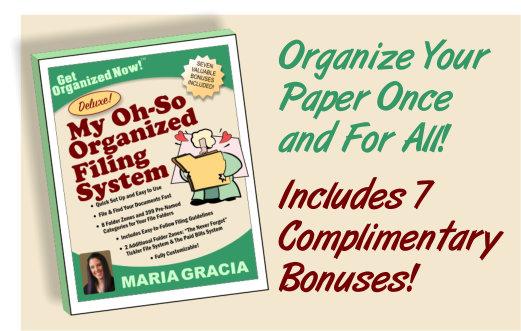Organizing Paper. Out of all the
questions I get from my GON readers, this is the number one topic. In light of this, during this week I'll be focusing every one of my newsletter issues on organizing paper.
Today's
topic:
Filing Your Household Papers:
The Absolute Basics
In our fast-paced world, it's no surprise that paper clutter can easily get out of hand. But fear not! We've got your back with the absolute basics of filing your household paper. So, let's dive in and
bring some order and peace of mind to your paper chaos!
A small filing cabinet with a few drawers can work wonders in tidying up your important documents, bills, and receipts. With designated spaces for different categories, you can easily locate what you need without rummaging through stacks of papers.
2. Know the difference between a main category and a sub-category. A main category represents a broad classification, encompassing a group of related documents. For example, "Financial Documents" can serve as a main category, containing papers such as bank statements, tax returns, and investment
records.
On the other hand, a sub-category breaks down a main category into more specific divisions. Within "Financial Documents," you can have sub-categories like "Bank Statements," "Tax
Documents," or "Investment Records." These sub-categories provide additional clarity and make it easier to locate specific papers within the main category.
3. Determine your file
folder "sequence." Most filing systems are alphabetical, or alphabetical within categories.
For instance, if you have a main category called "Travel," that category may have
sub-categories. Those can all be placed in your filing system alphabetically:
(C)ruises
(D)isney
(F)requent Traveler Cards
(L)ocal Destinations
In some cases, your file folder sequence may be numerical. An example of a numerical sequence would be a sub-category called Bank Accounts,
and then folders for each of your accounts filed numerically by bank account number.
There are other filing sequences that some households may use in more rare circumstances, like
geographical. But again, alphabetical is the most popular and almost always the easiest for finding what you need quickly in a home filing system.
An effective filing system allows you to set your filing system up in a way that is well-thought
out, beautifully categorized, and easy for you to find the paper(s) you need, when you need it.
5. If you have a backlog: If you have a backlog of paper to be filed, that's OK. It probably didn't build in a day. Don't try to get it all filed in a day. Just file for 10 minutes
a day until it's done.
6. Establish a Maintenance Routine: A filing system isn't a "set it and forget it" kind of thing. You'll need to maintain it to keep the magic alive. Take a few minutes each day to go through papers in at least one file folder. Recycle what you don't
need.
Stick to your routine, and you'll prevent that dreaded paper pile-up and keep your filing system running smoothly.












